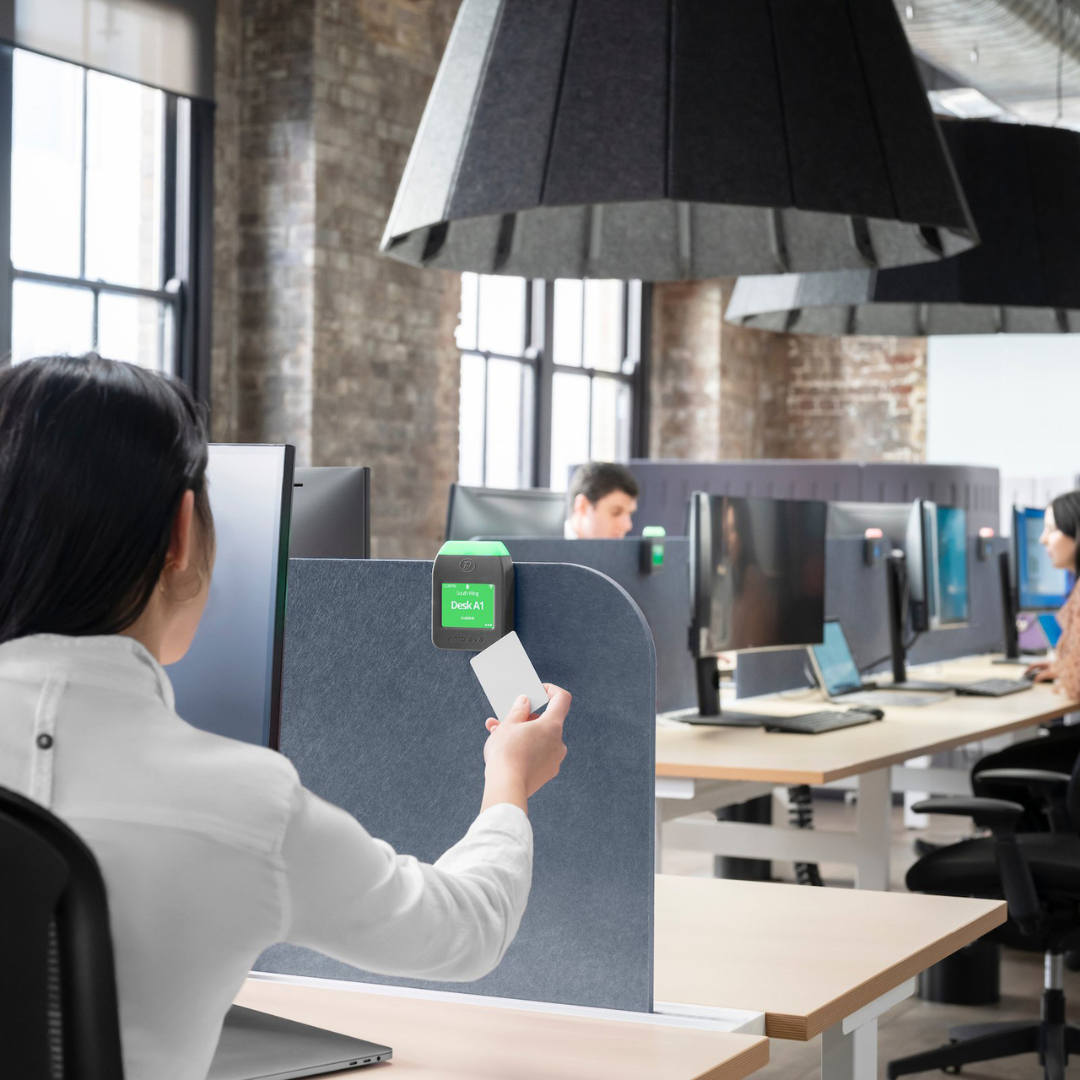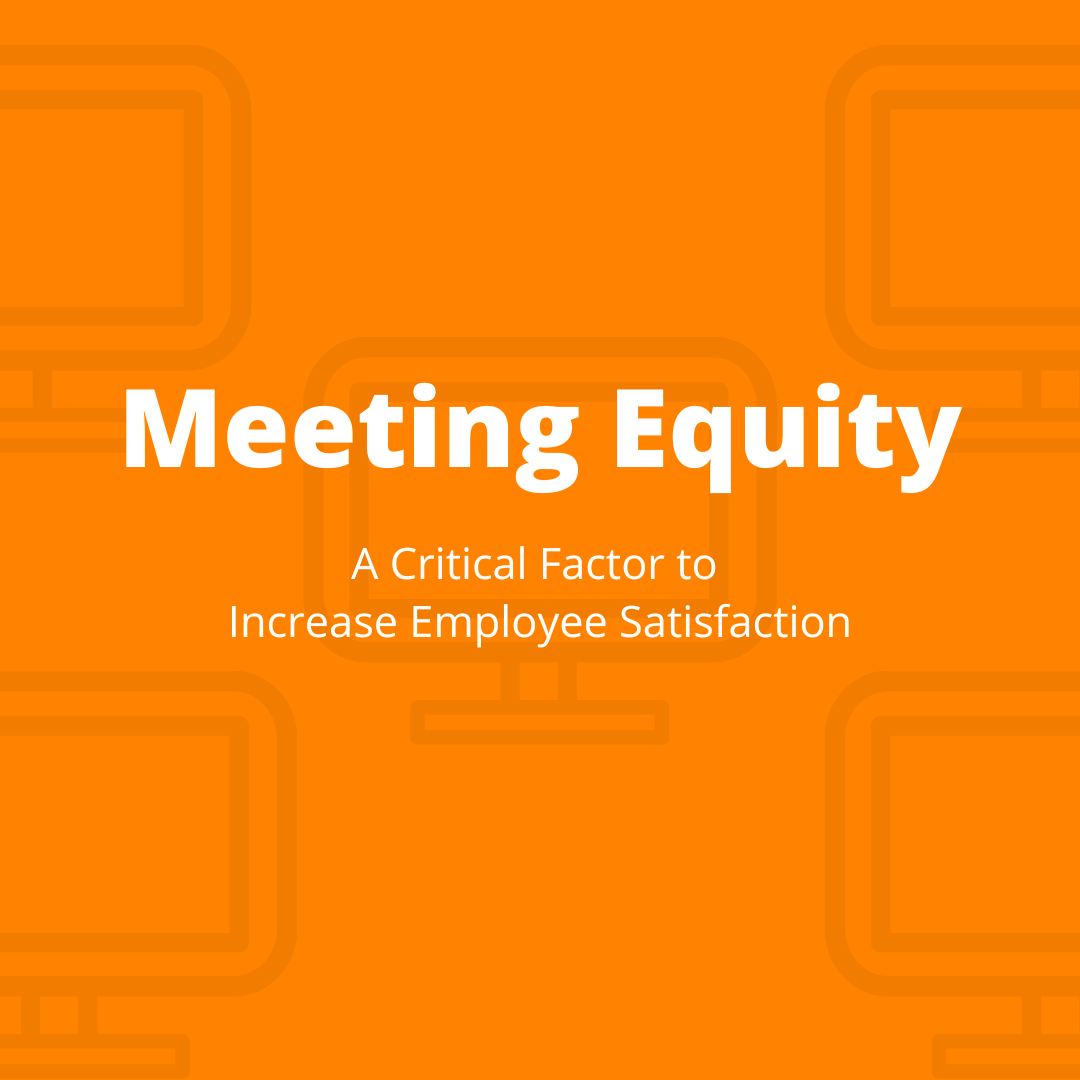If you were wondering if the new year would bring back business as usual, the answer is undoubtedly no. The COVID-19 pandemic of 2020 forever changed the way we work, learn and interact. Our workplaces (at home and in office), technology and processes that keep us productive must change.
We expect millions of workers and students to return to offices and classrooms across the country, but it will occur later rather than sooner. Most businesses have formed Future of Work task forces to manage the safe return, but timelines are fluid.
The subject matter experts at Radiant Technology Group regularly meet to discuss collaboration and communication trends impacting our customers. They identified these top challenges that will likely impact businesses and schools in 2021 and the future. Over the next weeks, we will take a deeper dive into each challenge on this Top 10 list.
1. Future Flexible Work
The mass shift to working and learning from home may have worked for a short period of time, but it was never intended to be a long-term solution. The future of work and education must be flexible. Not all work should be done at home, and not all work will be done in the office. Work won’t always happen between the hours of 8 a.m. to 5 p.m., Monday through Friday.
Different types of work require focus time, collaboration time, innovation time and quiet time. Embracing these differences and creating flexible time and work locations can maximize productivity and employee satisfaction.
2. Facilities Investment
Working from home has proven effective, but many people still need access to the office. With fewer lease renewals and halted expansion plans, space management becomes a challenge.
Capacity management for proper social distancing, contact tracing and existing investment utilization will become priorities as space comes at a premium. Organizations should delineate the types of work completed in the office and classroom versus what can be completed remotely. This delineation helps facilities optimize their spaces and ensures access to the right resources when and where they are needed. Here are some solutions that can help:
- Deploy an intuitive desk and room booking solution (aka hoteling).
- Transition from cubicle farms to team neighborhoods.
- Upgrade manager and executive offices for small group meetings.
- Use intelligent sensor technology, monitoring and reporting tools.
3. Return Capacity Workflows
What will your check-in process look like for employees, guests and vendors? How will you manage capacity? There are technology solutions to manage parking reservations, health screenings, seating arrangements and contact tracing, so employees feel confident about returning to a safe and productive work environment.
Zero touch check-in kiosks and health scans help manage safe and effective engagements. Hoteling enables employees to schedule their time in the office and provides parameters for social distancing. HIPAA-compliant contact tracing badges provide proximity tracking when necessary.
4. Return Capacity Workflows
Businesses can no longer depend on intranets and emails as effective forms of communication. Digital signage is the only medium with the flexibility to strategically communicate the right information to the right people at the right time and place in a way that holds their attention. Here are some timely digital signage uses for your return to the office.
- Communicate change management, workflows and governance.
- Use digital wayfinding to locate people and spaces safely and efficiently.
- Leverage all your signage screens (including room scheduling panels) to reinforce safety protocols and healthy practices.
- Increase efficiency and productivity with visual dashboards.
5. Employee Engagement and Corporate Culture
Employees want to work for companies where they feel a connection to the values and mission. Working in isolation for long periods of time can diminish this connection, making it easy for employees to become disengaged. Studies show that many workers want to return to the office, but others need a reason.
Consider evolving your workplace into a collaboration hub where technology provides innovation and inspiration. Create a environment where employees can safely work with teams and participate in social events. Provide tools for transient workers to make their work in the office as effective and productive as possible.
Give staff the flexibility to identify the best days to work in the office with resources that allow employees to see when coworkers are scheduled to be in the office. Provide the ability to see where workers will be seated, so teams can plan accordingly to create opportunities for social engagement and ideation.
6. Technology Adoption
Implementing new technology and collaboration tools requires effective user training and adoption. To maximize ROI, we need to maximize adoption. Consider extending your reach with managed services like staffing augmentation and end user adoption training to create smooth transitions for your employees.
7. Technology Realiability
New technology must be reliable and trusted if for end users to adopt it. How will we monitor and manage systems to deliver reliability when technology increases but support staff do not? Set up system monitoring, and give employees a fast, easy way to report technology and facility issues. Accessible and reliable technology resources are important reasons for employees to come back to the office.
8. Collaboration Space Updates with Zoom/Teams/Webex
Adopting and standardizing web conferencing platforms has been very effective in solving the remote working problem. Weaving these tools into the new way of working requires companies deploy additional group collaboration spaces enabled with their platfors of choice. Huddle rooms, neighborhoods and team spaces, even manager and executive offices, require the functionality to connect with remote participants.
9. Network Stability and Security
Security issues have grown at an alarming rate as more and more devices connect to our corporate networks. We cannot stop the flow of new technology solutions, but we may need to adopt new ways to monitor and manage devices and their impact on the corporate infrastructure.
Companies are adopting of video, audio and content collaboration in meetings with remote workers, vendors and customers. Network infrastructure and quality service delivery are crucial. Knowing when issues are happening and having the tools to monitor, detect and identify issues will improve end user experience, performance and satisfaction.
10. Employee Satisfaction and Retention
The last 10 months have been challenging for most employees and employers. Working from home 100% of the time has increased staff burnout rates for many companies, and businesses have seen an uptick in the use of mental health resources. Employee retention reflects happiness, which is tied to satisfaction.
The new normal must promote balance and flexibility for workers. The balance between what companies require and what employees need can create mutually rewarding relationships. Flexibility for when and where work gets done – at home or in office – can increase employee satisfaction, but flexibility requires good management and communication.
Companies must strategically plan how collaboration technologies and digital communication will be used when building a vision for the future of work. The benefits for both the company and workers are far reaching.





